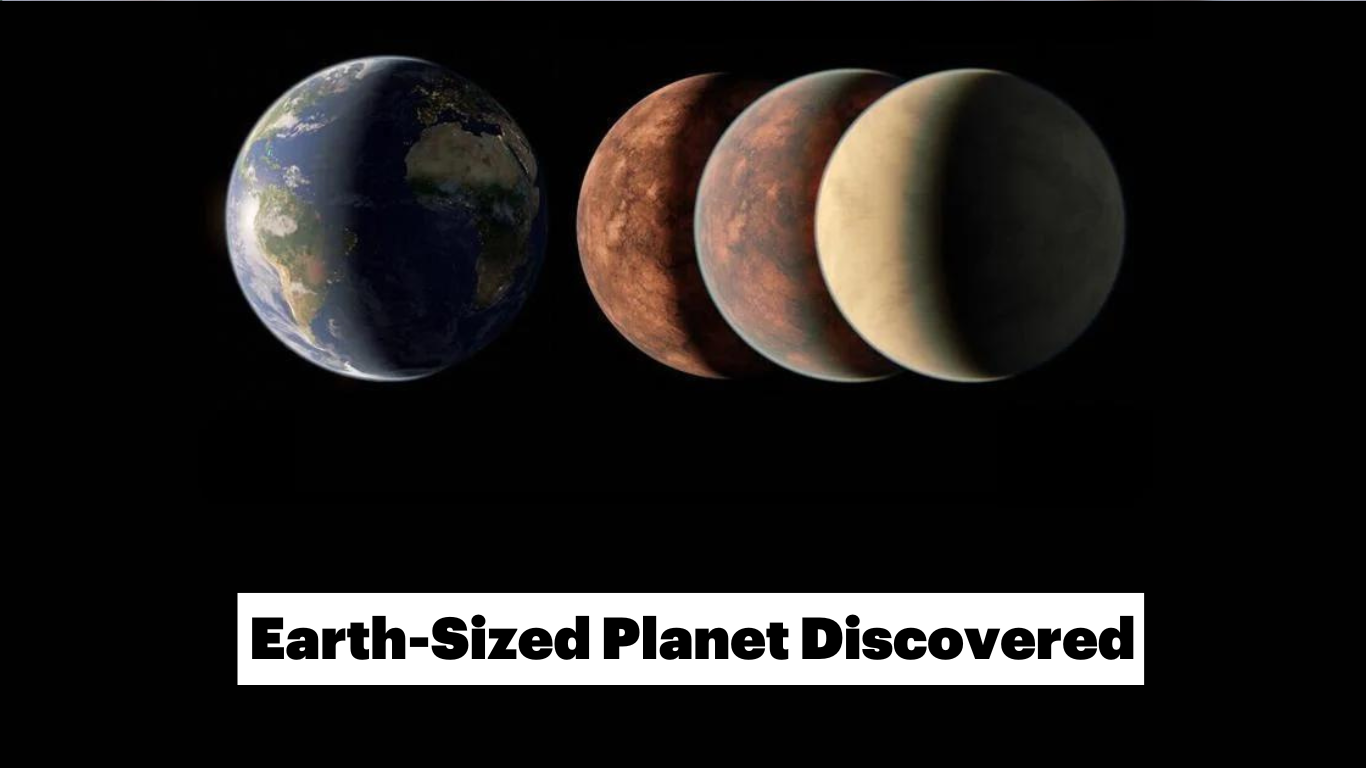Earth-sized Planet Discovered
Researchers from the University of Warwick, collaborating with NASA and the European Space Agency (ESA), have identified a potentially Earth-like planet in a major astronomical discovery.
The newly discovered Earth-sized planet, dubbed Gliese 12 b, shares a comparable size and temperature range to Earth, making it a prime candidate for further exploration in the search for habitable worlds.
Astronomers have discovered Gliese 12 b, a potentially habitable exoplanet located 40 light-years away, orbiting a red dwarf star. This Earth-sized planet, slightly smaller than Venus, lies within its star's habitable zone and ... 1/2
👉 https://t.co/WCCFflMPwo pic.twitter.com/Ga9BQpkQVC
— Erika (@ExploreCosmos_) May 23, 2024
Source: Twitter/Erika
Gliese 12 b: A Temperate World 40 Light-Years Away
Gliese 12 b is situated approximately 40 light-years away, placing it beyond the reach of current space travel technology. However, its discovery holds immense significance for our understanding of Earth-sized planets within our galaxy.
Dr. Thomas Wilson, an astrophysicist from Warwick, emphasized the importance of this finding, stating it paves the way for further investigations into Earth-like planets.
Key Characteristics of Gliese 12 b
Gliese 12 b boasts an estimated surface temperature of around 42°C, similar to the scorching temperatures experienced during the 2022 heatwave in the UK.
While uncertainties regarding its atmospheric composition remain, the planet's size and temperature range make it a compelling prospect in the search for habitable environments. It completes an orbit around its cool, red dwarf star every 12.8 days.
Unveiling the Secrets of Gliese 12 b
The research team, utilizing data from NASA and ESA satellites, confirmed various characteristics of Gliese 12 b, including its size, temperature, and distance from Earth.
Notably, the faint light reaching us from the planet originated roughly 38 years ago in 1984, highlighting the vast distances involved in interstellar exploration.
A Unique Window into Planetary Evolution
Dr. Larissa Palethorpe, co-lead researcher and doctoral candidate at the University of Edinburgh and University College London, expressed the team's excitement about the discovery. Gliese 12 b, according to Palethorpe, represents the closest known Earth-sized planet with temperate conditions.
This unique world offers a chance to study the development of potentially habitable planets, providing valuable insights into the delicate balance required for life to sustain itself.
By understanding the atmospheric composition of Gliese 12 b, researchers hope to gain a deeper understanding of the factors that differentiate habitable planets like Earth from uninhabitable worlds like Venus, which lost its water and became unsuitable for life.
The discovery of Gliese 12 b marks a significant step forward in humanity's quest to understand our place in the universe. While currently inaccessible, this Earth-sized planet offers a promising avenue for future exploration and the potential to unlock the secrets of planetary habitability.
Read more such news on techinsighttoday
Thank you so much for reading.

